How Plant and Animal Life on the US–Mexico Border Offer a Powerful Metaphor for Artist Margarita Cabrera
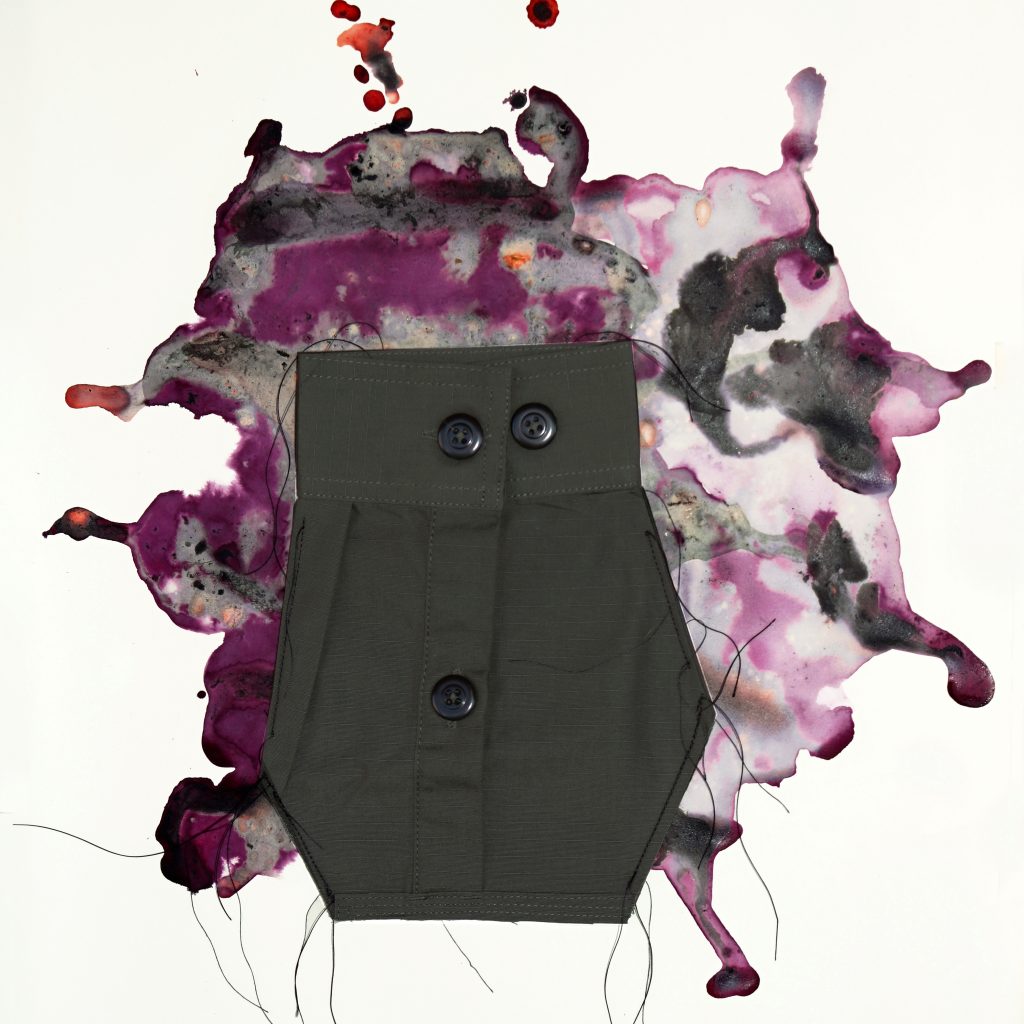

Katie White

A border is a line of demarcation in one sense, and, in another, a threshold. For the artist Margarita Cabrera, the border between the United States and Mexico operates as both a real and imagined state, one which she explores in “Engendering New Landscapes” her new exhibition on view at Ruiz-Healy Art in New York.
Born in Mexico but raised in El Paso, Texas, Cabrera is best known for her sculptures sewn from border patrol uniforms (a material she’s been using since 2010), which she shapes into forms that reflect the terrain and natural environment of the border between the two nations.
The show centers on her “Space in Between” works, which are soft fabric, life-size sculptures of cacti native to the southwestern United States and northern Mexico. Made from the border patrol uniforms found at flea markets or sourced from fabric stores, the surfaces of these sculptures have been embroidered by immigrant workers, relaying individual border crossing stories.
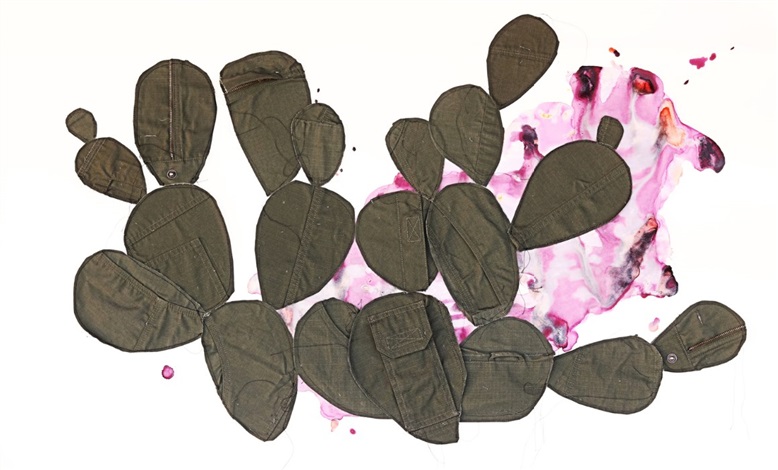
Margarita Cabrera, El Flujo de Extracciones (Nopal 1) (2019). Courtesy of Ruiz-Healy Art.
Visually, the works are a mix of traditional Mexican craft and Pop art style.
“These sculptures can be positioned in a relationship to Claes Oldenburg’s fabric works,” said gallerist Patricia Ruiz-Healy, “while her stitch work uses traditional sewing and embroidery techniques from Tenango de Doria, a town in the state of Hidalgo, Mexico, and employs colorful story lines reflecting popular culture, traditional rituals, and myths of the Mexican Otomi indigenous communities.”
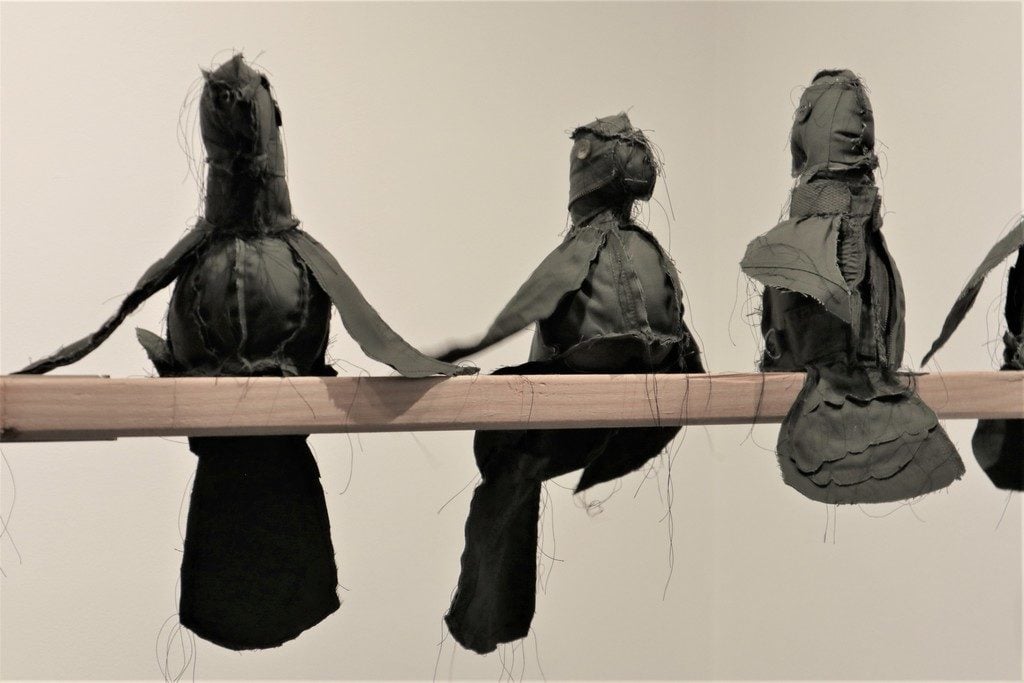
Installation view Engendering New Landscapes. Courtesy of Ruiz-Healy Art.
With imagery of hearts and sunbeams stitched onto their surfaces, the sculptures often feel hopeful rather than tragic; in their implicit message for social justice, the sculptures also recall the work of Sister Corita Kent.
“Within the larger political narratives, [Cabrera’s] work continues an ongoing exploration of the defining economic, labor, and cultural relationships between the United States and Mexico,” Ruiz-Healy says.

Margarita Cabrera, Space in Between Nopal (Sol Espinoza) (2016). Courtesy of Ruiz-Healy Art.
Yet the violence of the region is not overlooked. Some of the fabric works are stained through in the ancient cochineal dye process, creating pooling marks of purples and pinks that can be reminiscent of blood stains.
“Hopefulness comes as a result of a loss. There are thousands of people on both sides of the border who work with blind faith and hope as they try to care for their families and their environment,” Cabrera says.

Margarita Cabrera, Space in Between: Agave (Laura Gutierrez) (2016). Courtesy of Ruiz-Healy Gallery.
Extending beyond the human toll of the crisis along the border, Cabrera draws viewers’ attention to the plants and animals that are native to the region.
While her depictions of the cacti that grow on both sides of the US–Mexico border seem subtly to imply the inherent arbitrariness of national lines, Cabrera’s new series, “Pepita Para El Loro Para Que Hable o Calle (A nugget for the parrot so that it speaks or stays quiet),” brings attention to the plight of the Mexican bird, which is in danger of extinction due to illegal exportation into the US.
Mimicking both human and ambient sounds, the parrot serves as an apt stand-in for political talking points, reiterated without greater understanding.
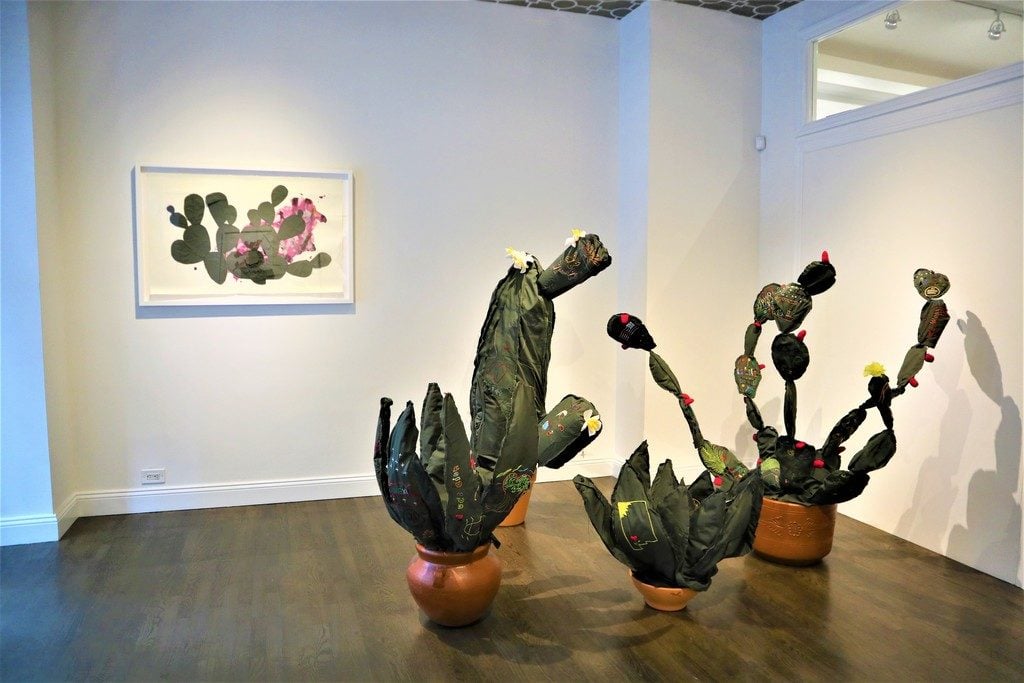
Installation view “Engendering New Landscapes,” 2019 Courtesy of Ruiz-Healy Art.
“I would hope viewers pause for a moment to examine the political, social, and emotional relationships between Mexico and the United States, two distinct, yet closely connected cultures,” summed up Ruiz-Healy. “Cabrera’s work is related to the US/Mexico borderland landscape but the themes of immigration, empowerment, social injustices… these are universal.”
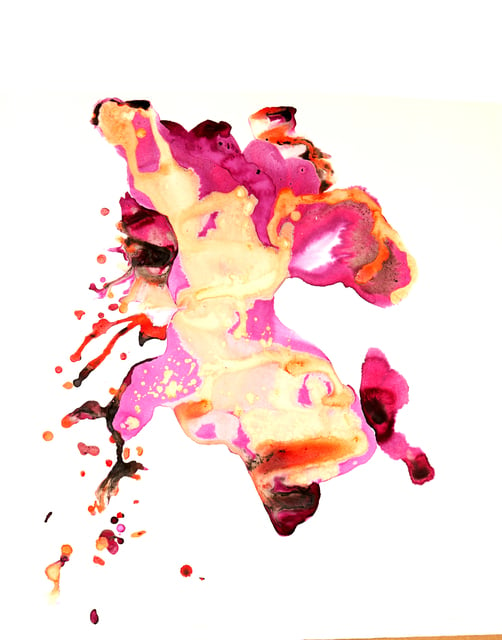
“Margarita Cabrera: Engendering New Landscapes” is one view at Ruiz-Healy Art through Saturday, November 2, 2019.